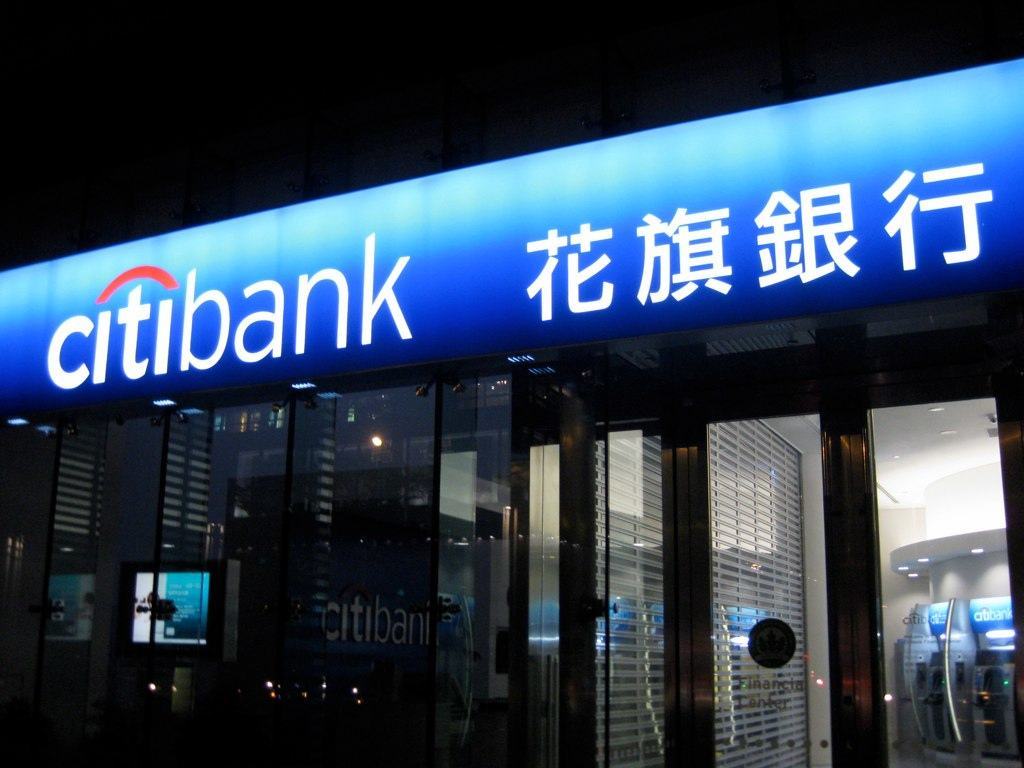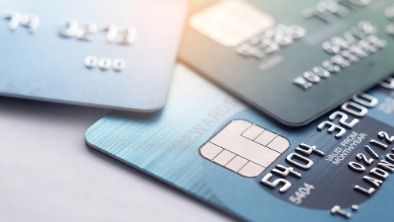Don’t let anyone convince you that credit card companies are having a hard time dealing with new regulation. I received a warning in the mail yesterday from Bank of America. In fact, I received two warnings, in separate packages, related to the two Bank of America credit cards I own but do not currently use. The second page of each package included, in a big, bold, typeface, that I would be subject to a penalty APR of (up to) 29.99% APR if I do nothing more than make a late payment.
The late payment would not need to be the type that gets reported to the credit reporting agencies. One day late, and Bank of America could hike this rate for any future activity on the card. This penalty rate can remain on the card “indefinitely.” The bank might review my credit activity and reduce the rate, but I am confident Bank of America would gladly leave a penalty rate as high as possible.
Graciously, the issuer will notify me — or any other customer this change in the terms applies to — 45 days in advance of the increase.
It’s been a long time since I’ve paid any interest on a credit card, and I avoid late payments by using automatic transfers that pay the full amount of each bill each month without my intervention. Despite this, problems can always arise. Half asleep and still jet-lagged, I logged into my credit card account Wednesday morning and happened to log into my checking account as well. I noticed the credit card bill was due that day but I hadn’t transferred money to the right checking account to cover the automatic transfer. Unless I intervened, the scheduled payment wouldn’t go through. I managed to link a different checking account and pay the bill before the end of the day. If I had waited until yesterday to log into my credit card account, I would have been late.
This is another reminder that I need to simplify my bank accounts. Also, anyone can make mistakes with their payments, and one late payment could send a credit card customer into the penalty box. It might be difficult to get back on the ice. Nearly 30% APR is nearly usurious. A $10,000 balance at 30% APR would take twenty years to pay off and would cost a total cash outflow of more than $26,000 (assuming a minimum payment of the greater of 4% or $20 of the balance and paying no more than the minimum).
The notice also identified revised limits for cash advances and reiterated the regulation that requires credit card companies to apply payments to the balance with the highest APR first.
,















